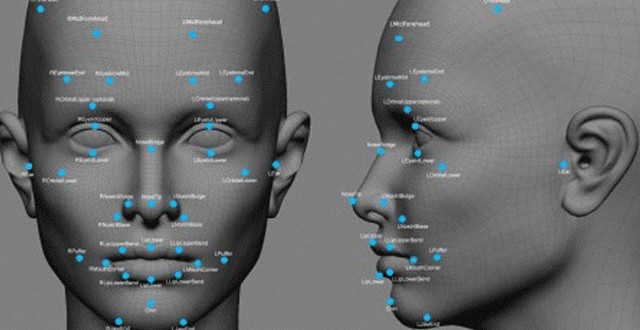A new type of facial recognition software invented by researchers at the University of Oxford can tell if a person has a rare genetic disorder just by analyzing their photos. The breakthrough invention is able to recognize faces in everyday pictures, just like the photo software used by Facebook or Google. According to Oxford, between 30 and 40 percent of rare genetic disorders have an impact on the facial structures of those affected. The software is programmed to look for these changes and is able to tell between 91 different disorders. Furthermore, the algorithm can also analyze faces of healthy people and modify them by adding features that are associated with genetic diseases. So basically it takes your picture and then shows how you would look like if you were suffering from Down Syndrome, Progeria, Williams-Beuren or other rare disorders.
This is helpful for creating a large database of particular features which the software can then use to identify a specific disease. Lead researcher Dr. Christoffer Nellaker of the MRC Functional Genomics Unit at the University of Oxford explains how the new invention works. “We sought to construct a database of patient photos within which faces would be automatically identified and their key features annotated. Our intent was to build a model of dysmorphic variation from a set of syndromes that, additionally, would be able to cluster syndromes not used in model training.”
“The algorithm increasingly learns what facial features to pay attention to and what to ignore from a growing bank of photographs of people diagnosed with different syndromes.” He also adds that the software is resistant to “spurious variations such as lighting, pose, and image quality which would otherwise bias analyses. A doctor should in future, anywhere in the world, be able to take a smartphone picture of a patient and run the computer analysis to quickly find out which genetic disorder the person might have,” the Oxford researcher said. “A diagnosis of a rare genetic disorder can be a very important step. It can provide parents with some certainty and help with genetic counseling on risks for other children or how likely a condition is to be passed on.”
Dr. Nellaker’s article on the facial recognition software can be found here. Although it’s quite lengthy I suggest you still give it a look as it provides a detailed description of the breakthrough technology that will greatly improve our understanding of rare genetic disorders.
 Load the Game Video Games, Reviews, Game News, Game Reviews & Game Video Trailers
Load the Game Video Games, Reviews, Game News, Game Reviews & Game Video Trailers



